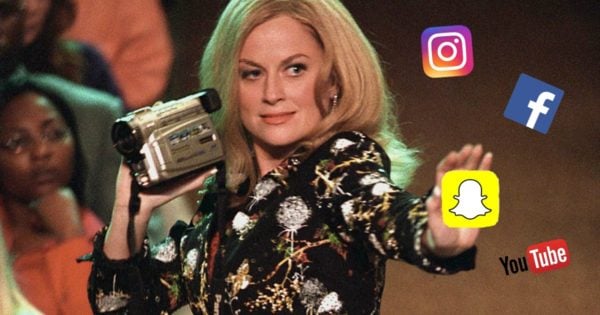This year will not be quickly forgotten – and not just because it turned out to be a bit of a bad year (see: Trump, Brexit, David Bowie, Brangelina to name but a few).
No, 2016 will go down in the history books as The Year We Filmed Everything. Everything. From lunches to labour, nothing was too gory or trivial to record and broadcast to family, friends and even total strangers.
And if we weren’t filming ourselves, we were watching the results of other people filming themselves.



